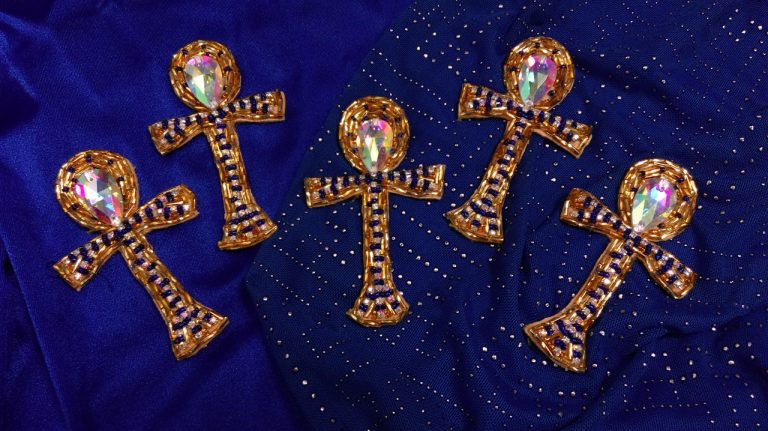A hieroglyphic symbol of life, immortality and reincarnation, the Ankh appears in the hands of or in close proximity to almost every deity in the Egyptian pantheon. The gods and goddesses were endowed with divine, eternal life and had the ability to bestow it upon the mortals. The Ankh was often extended to the pharaohs as a gift of life and a tool of purification.
The importance of this powerful symbol is widespread in ancient Egyptian history, with it displayed prominently in relics, art and artifacts. Its image appears frequently in Egyptian tomb and temple paintings and manuscript art, placed at the fingertips of gods and goddesses in images that represent the deities of the afterlife conferring the gift of life or reincarnation on the dead person’s mummy.
The Ankh symbol was frequently carried by Egyptians as an amulet, either alone or in connection with two other hieroglyphs that mean “strength” (Was) and “health” or “stability” (Djed). Mirrors crafted from polished metal were often made in the shape of an Ankh to symbolize a perceived view into another world. Water was depicted as tiny Ankhs when poured, symbolizing purification.
Deeply embedded in Egyptian history, the Ankh was one of the most potent symbols in Ancient Egypt.
A focal design element in Divine Opulence, my newest costume in The Opulence Collection, the Ankh merges the past with the present. Paying homage to ancient Egyptian history, Divine Opulence joins you as a source of life and vitality as you express yourself in the art of Belly Dance.

